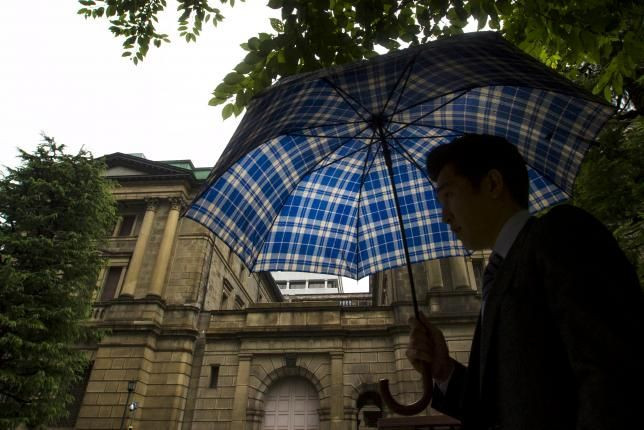China, Japan Factories Slow To Respond To Stimulus

China's mammoth manufacturing sector showed some tentative signs of stabilizing in June, according to a non-official survey, without finding the momentum needed for a lasting recovery in the world's second-largest economy.
Optimism appeared in short supply as firms surveyed by HSBC/Markit reported the sharpest reduction in hiring intentions for six years, regardless of Beijing's efforts to kick-start activity through policy stimulus.
"After a decade of pell-mell growth in both capacity and leverage, this situation is symptomatic of excess supply capability in manufacturing amidst moribund demand," analysts at Westpac said in a research note issued after the survey's release.
"This nexus of low confidence and weak demand for credit is an obvious impediment to growth."
With factory activity apparently shrinking for three straight months, it is becoming mathematically harder and harder to avoid economic growth falling below 7.0 percent in the second quarter for the first time since the Global Financial Crisis.
The news from Japan wasn't any better. The factory sector actually went backwards in June, as a recovery in the world's third largest economy continued to struggle after a recession in the middle of last year.
That left the onus on factory surveys in Europe and the United States to offer any evidence of a much-needed pick up in global growth.
Fortunately for financial markets hopes of progress in the Greek debt saga provided a timely boost to risk appetites and lifted Japanese shares to their highest in 15 years.
YET MORE STIMULUS LIKELY
The headline flash measure of Chinese manufacturing (PMI) did edge up to a three-month high of 49.6 June, from 49.2 in May, but remained below the 50 mark which separates contraction from expansion. ECONCN
New orders returned to positive territory at 50.4 and new export orders fell at a slower pace, but companies stepped up layoffs. Factories were also forced to cut prices for their products at a faster rate.
"This suggests companies have relatively muted growth expectations.... and suggests that authorities may step up their efforts to stimulate growth and job creation in the second half of the year,” said Annabel Fiddes, an economist at Markit.
The Markit/JMMA version of the PMI for Japan fell to 49.9 in June, from a final 50.9 in May, adding to evidence the economy had slowed after a brisk first quarter.
Many economists hope this pullback will be temporary as consumer spending, exports and capital expenditure show signs of driving future growth.
Yet, they still suspect the Bank of Japan will ease policy again later this year to spur activity further and push inflation to its 2 percent target.
© Copyright IBTimes 2025. All rights reserved.





















